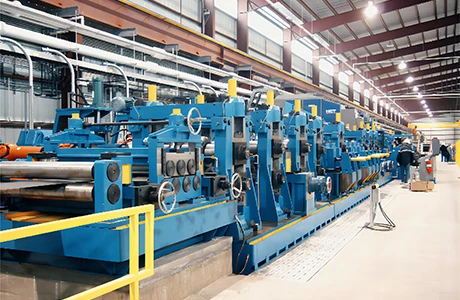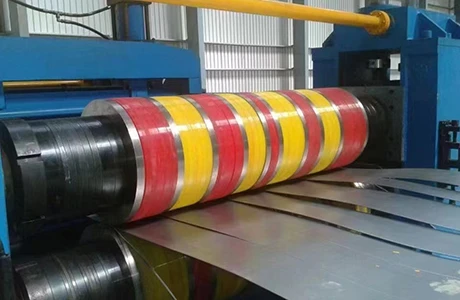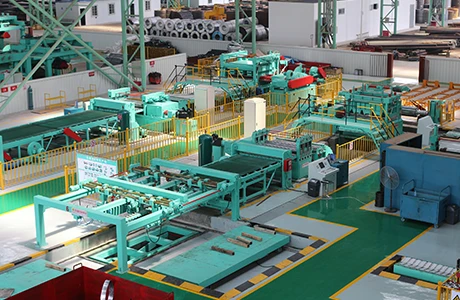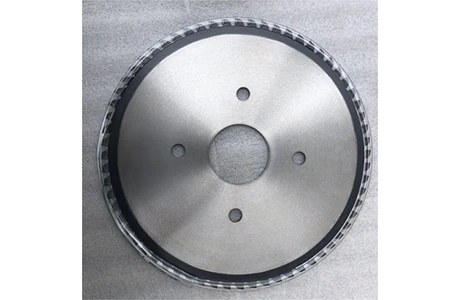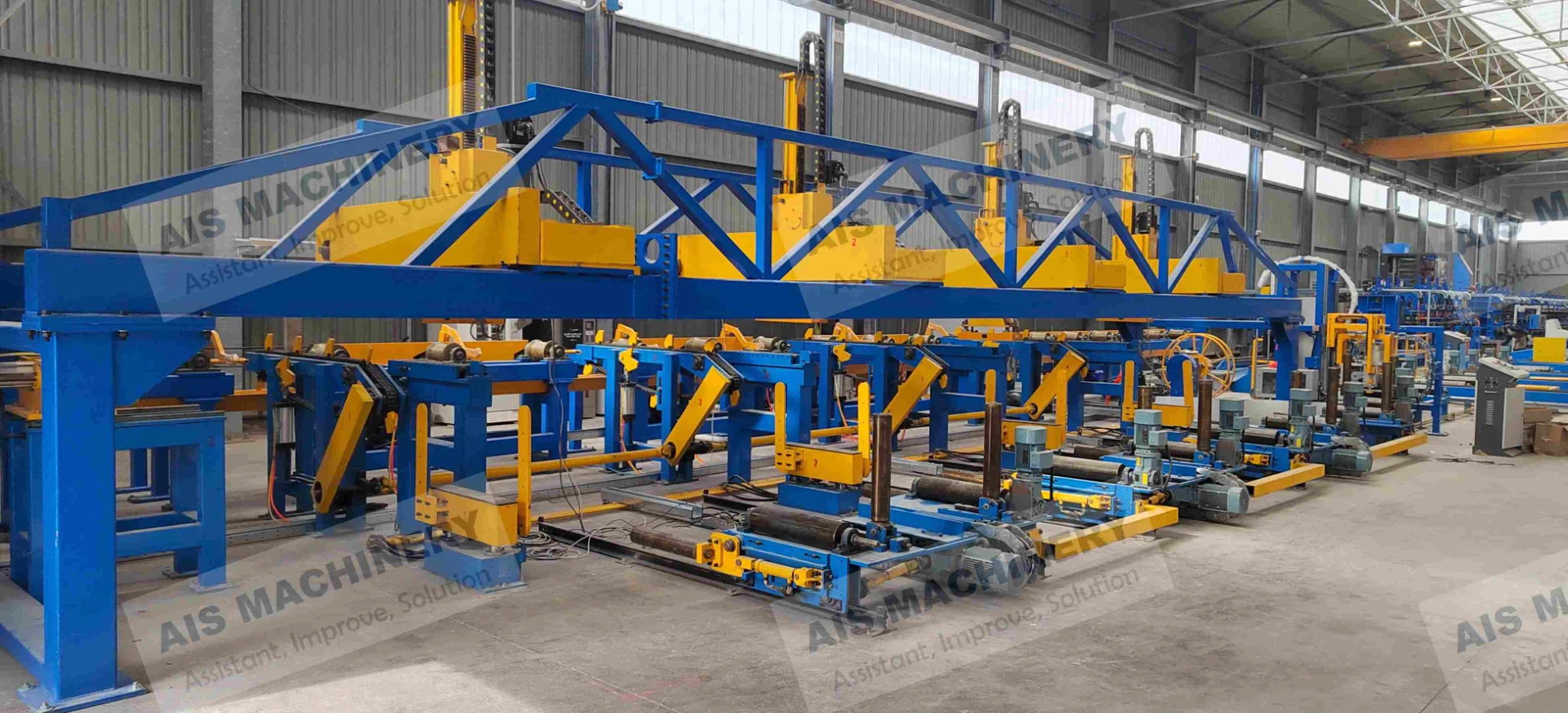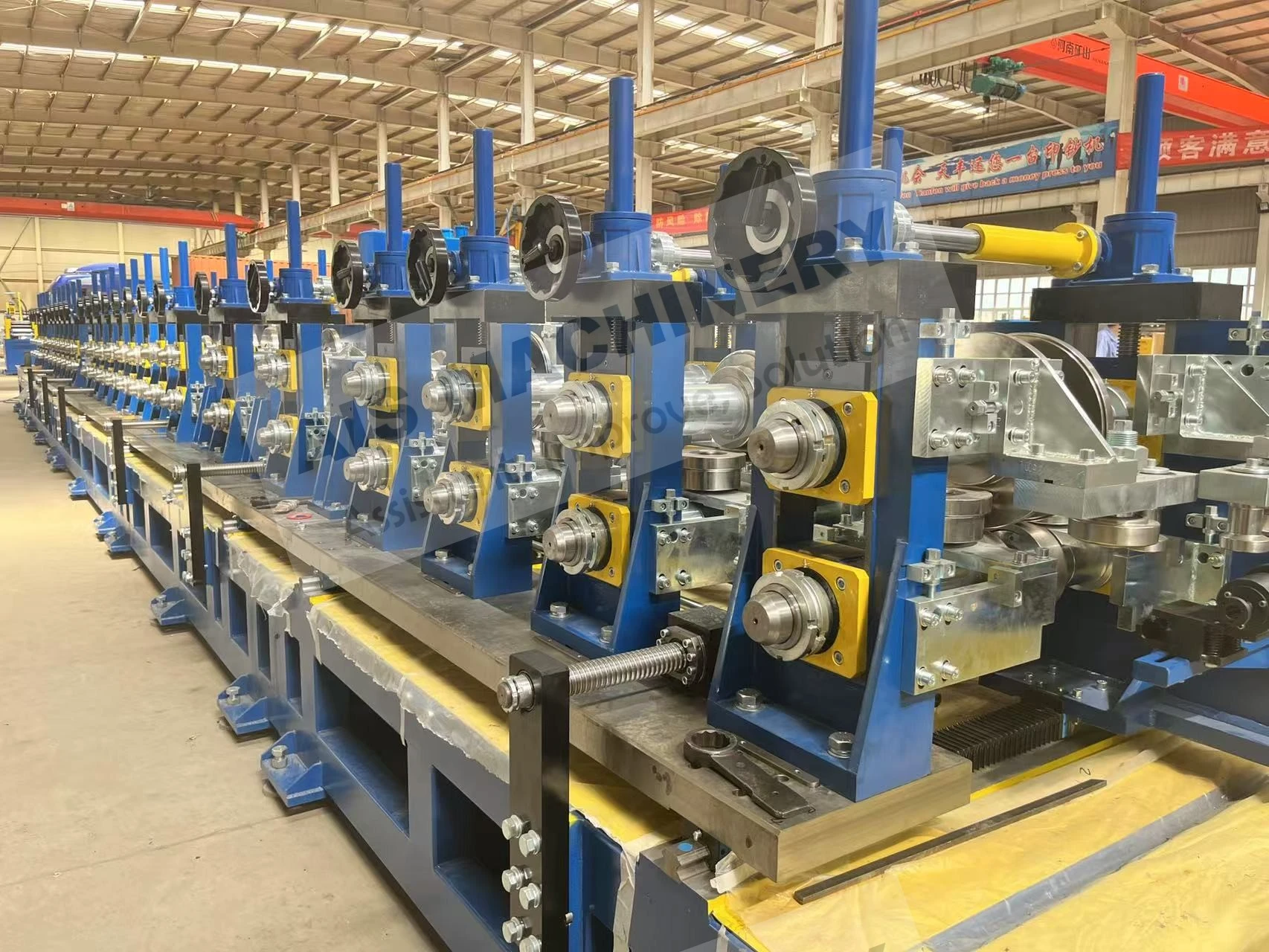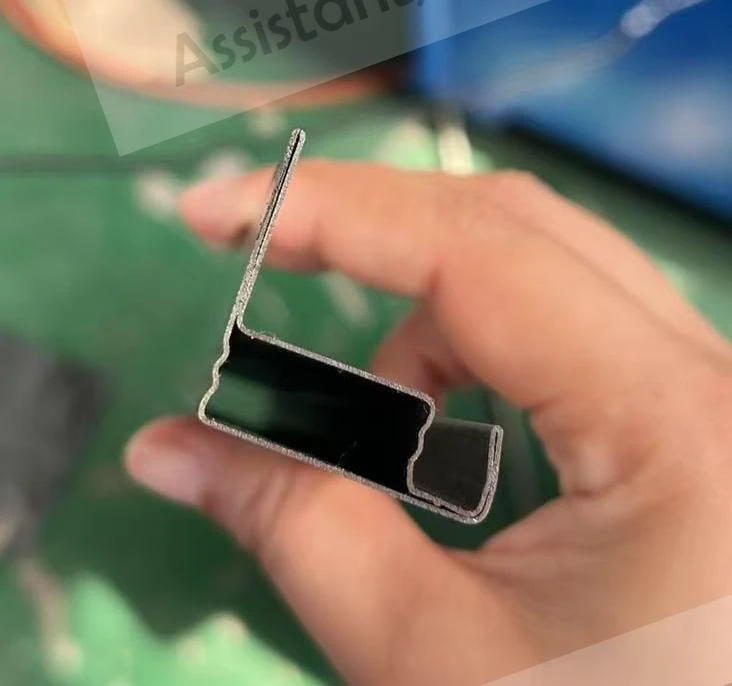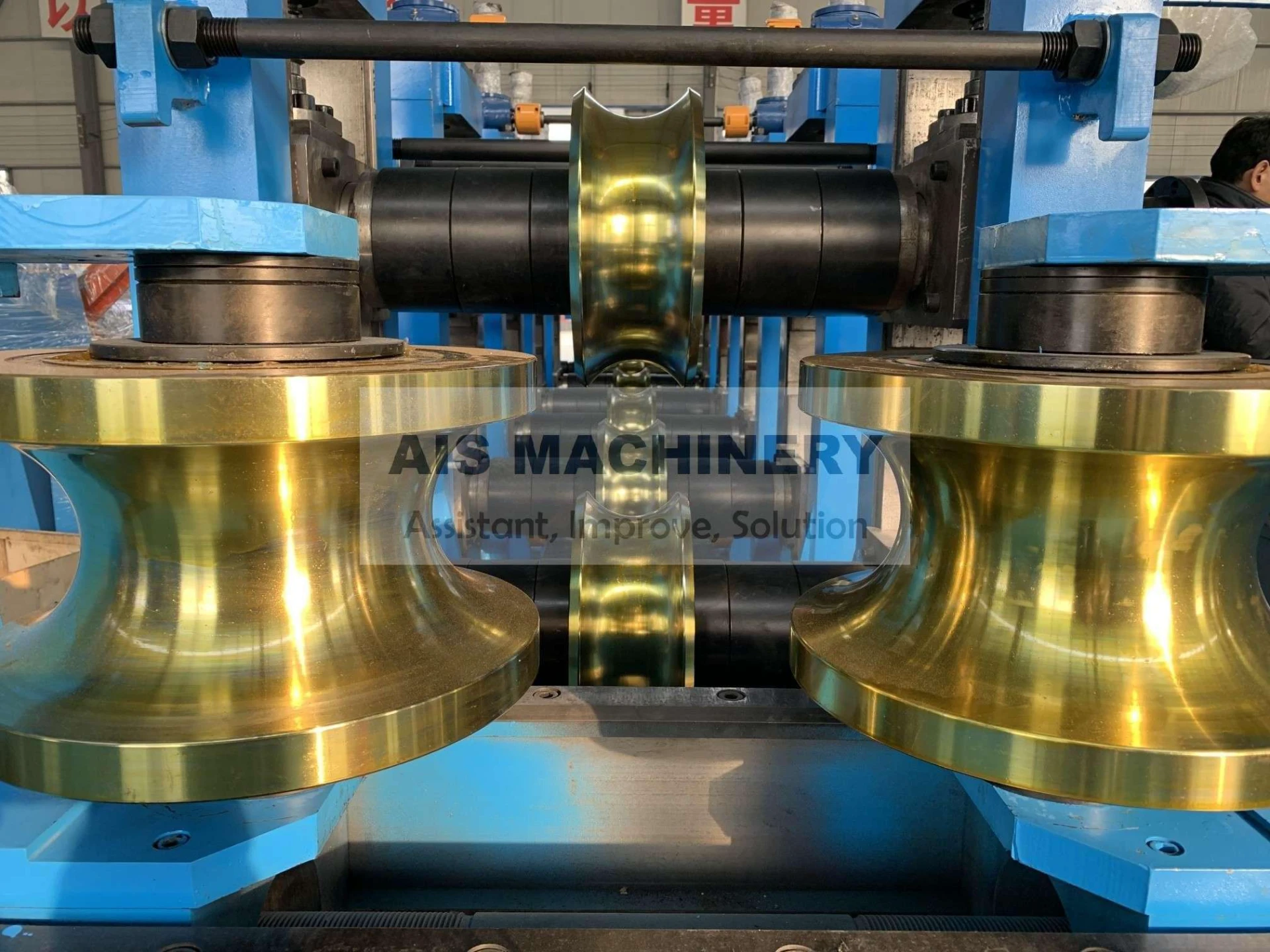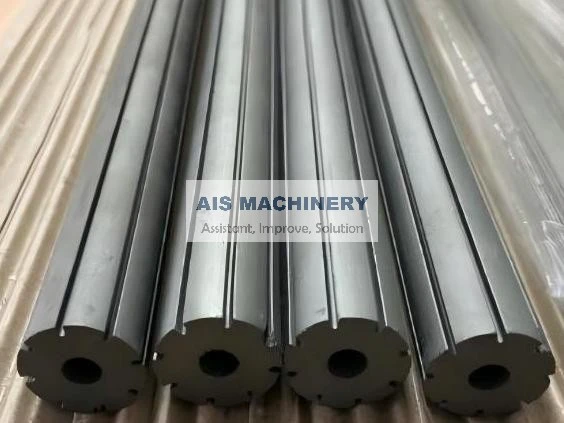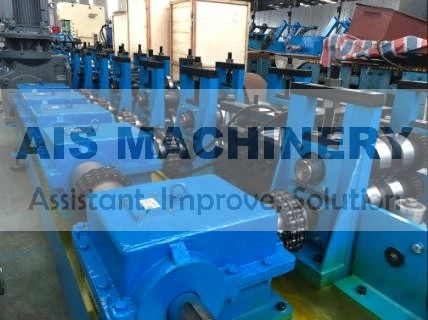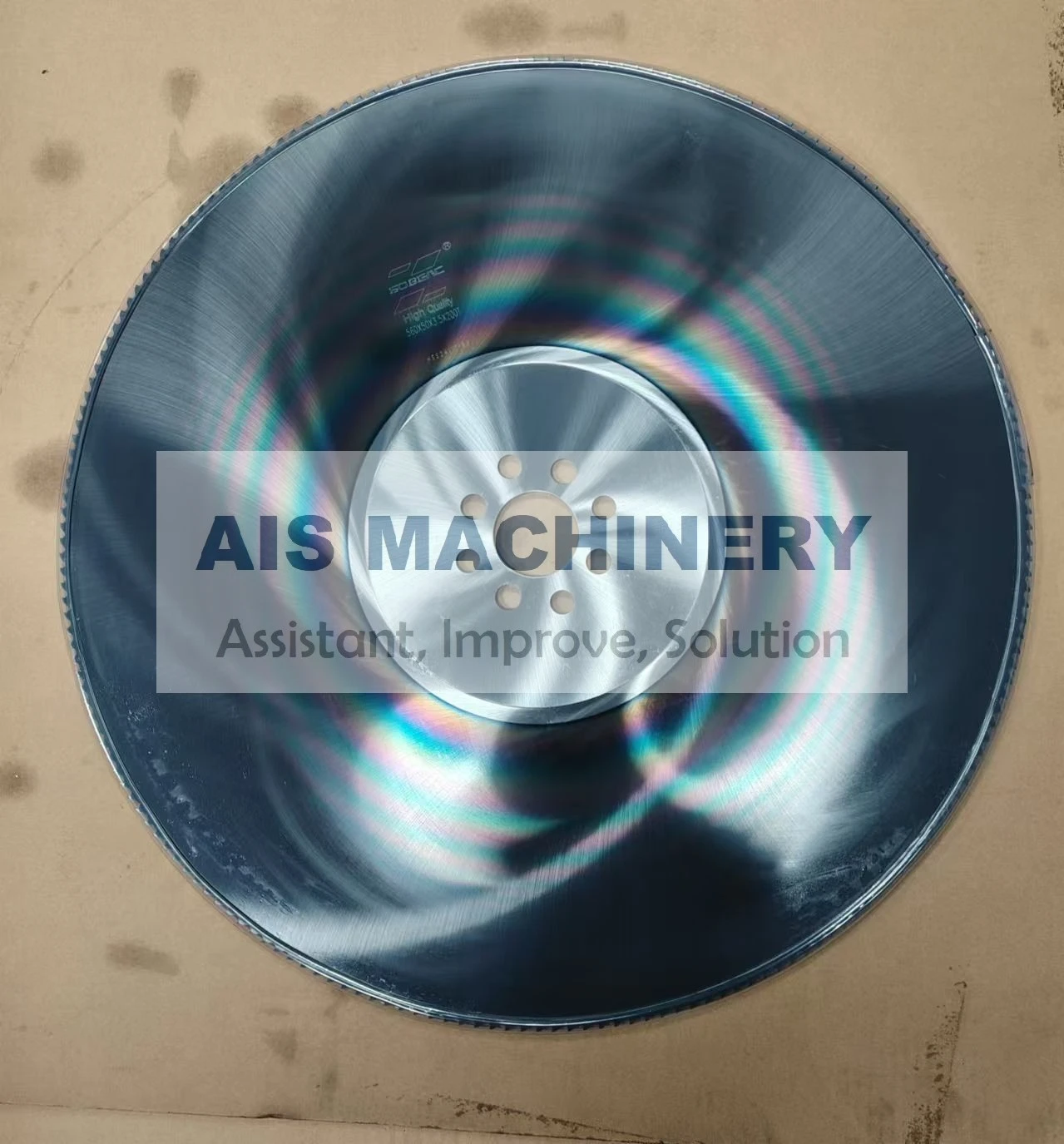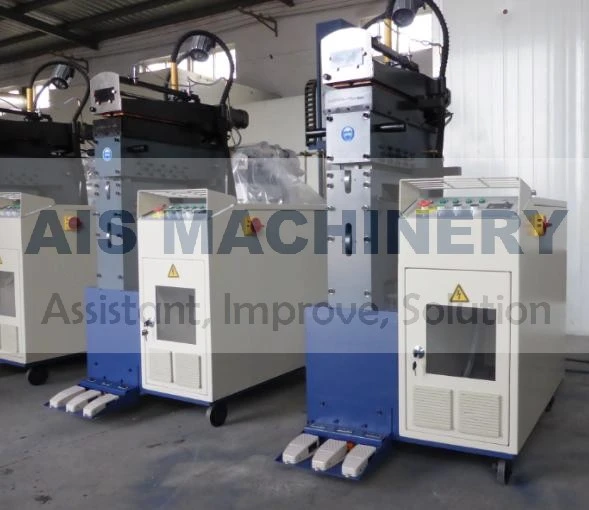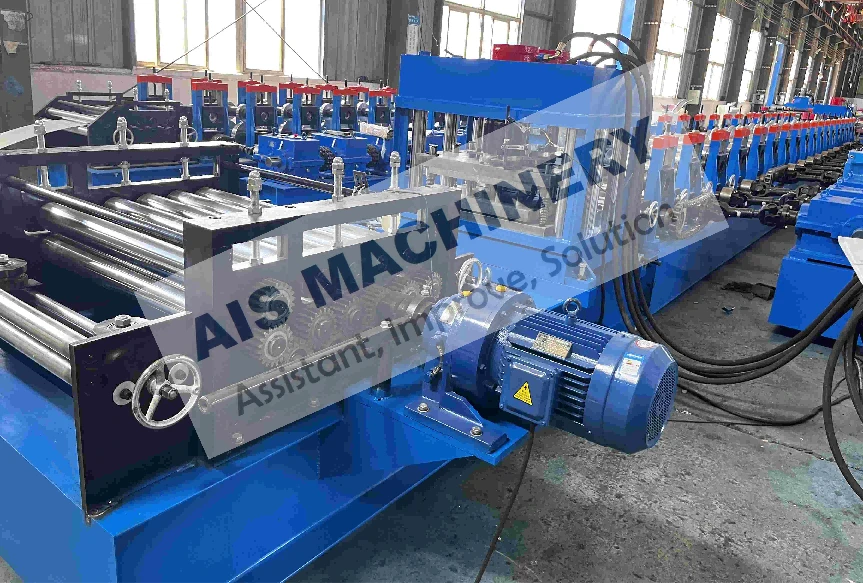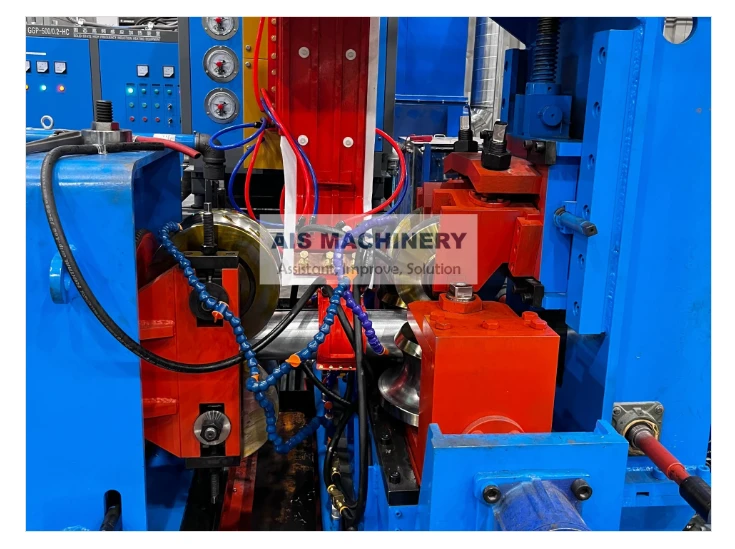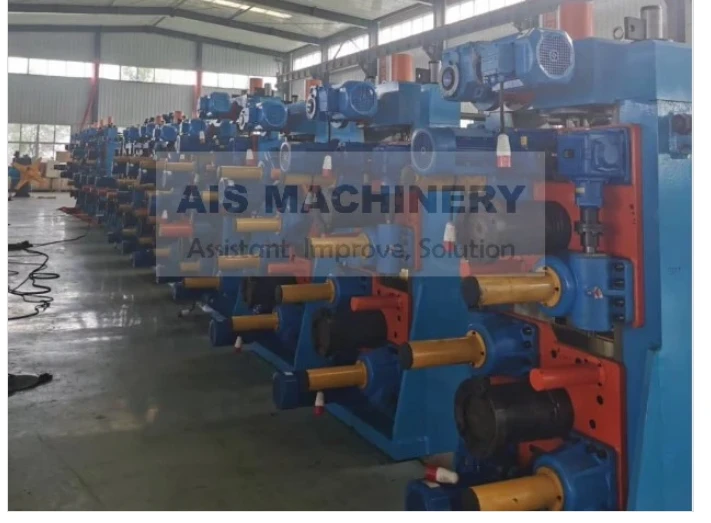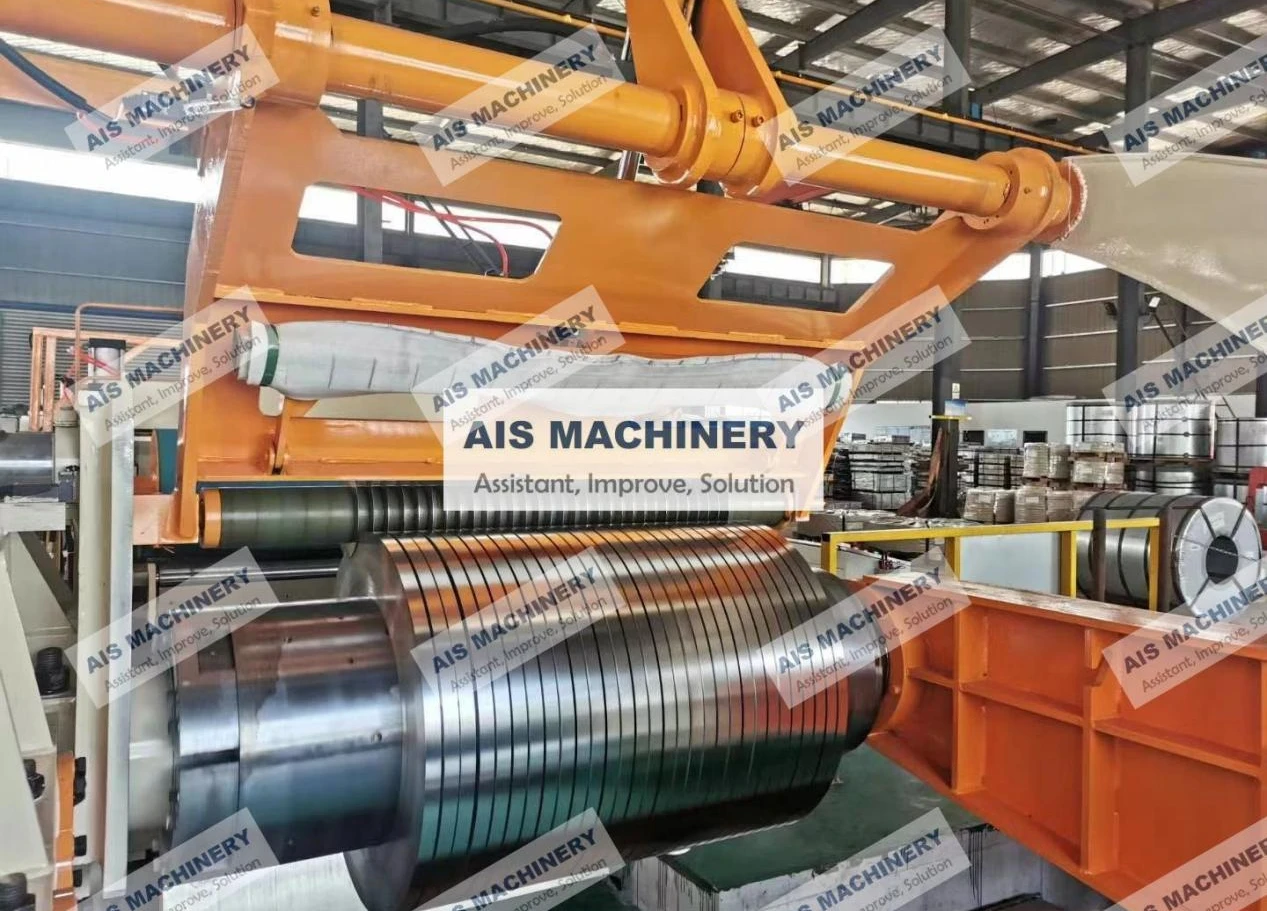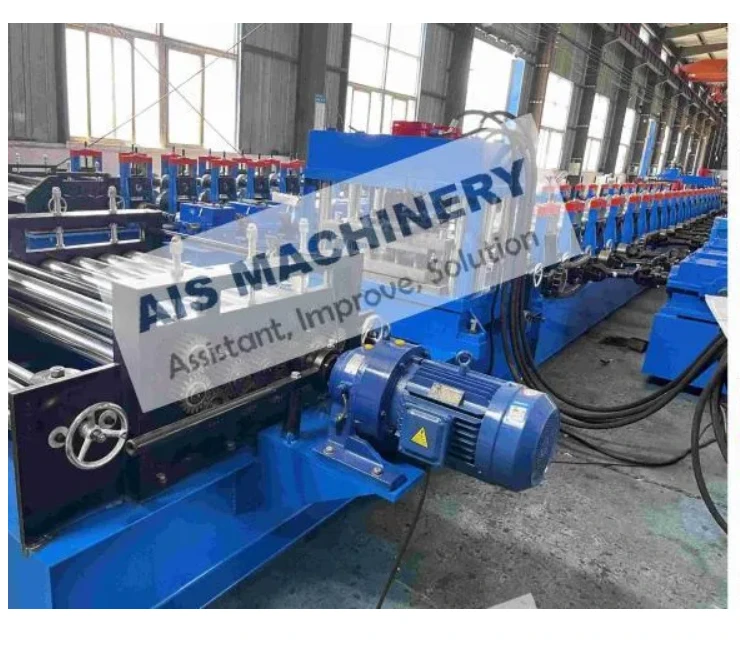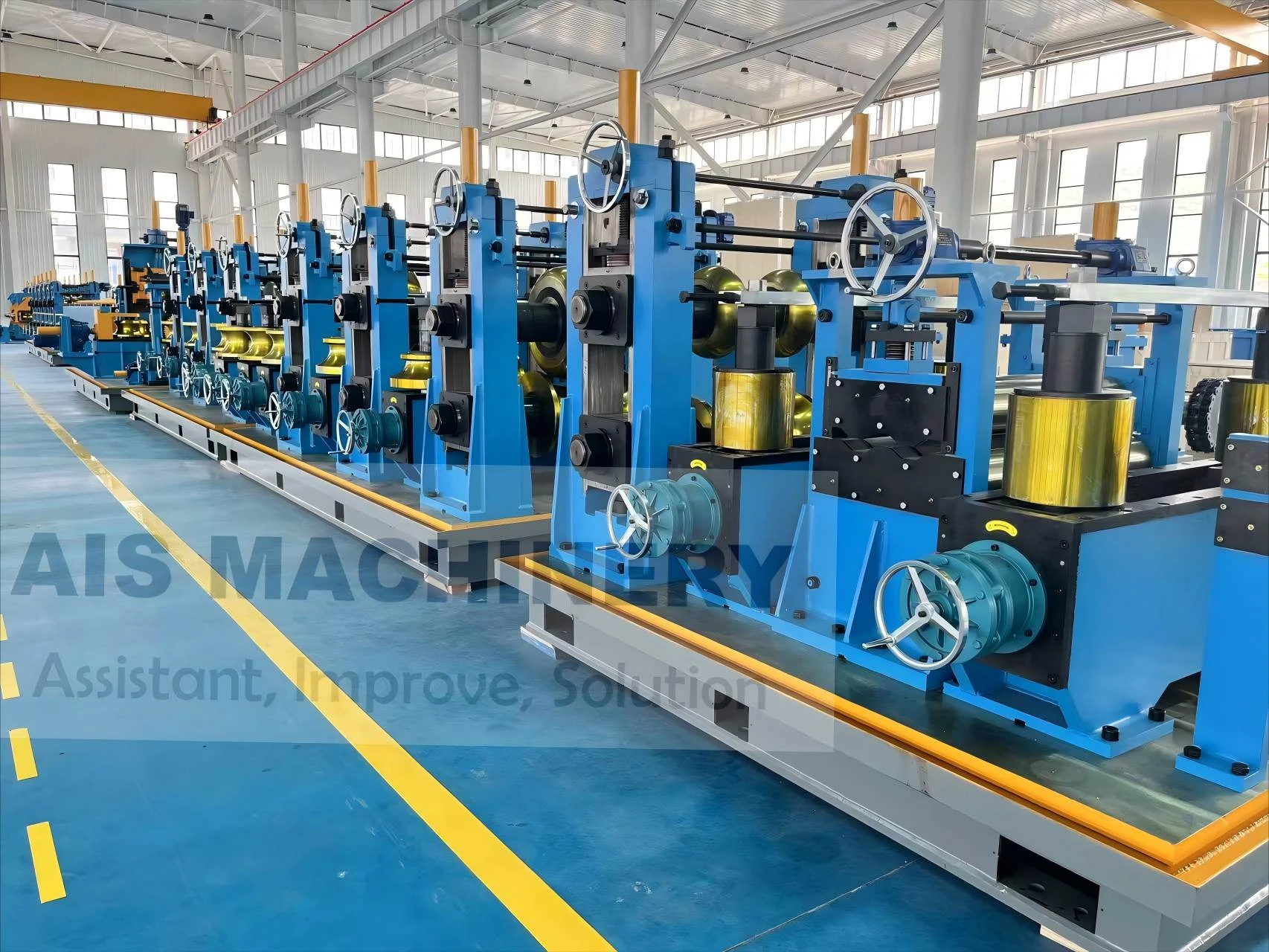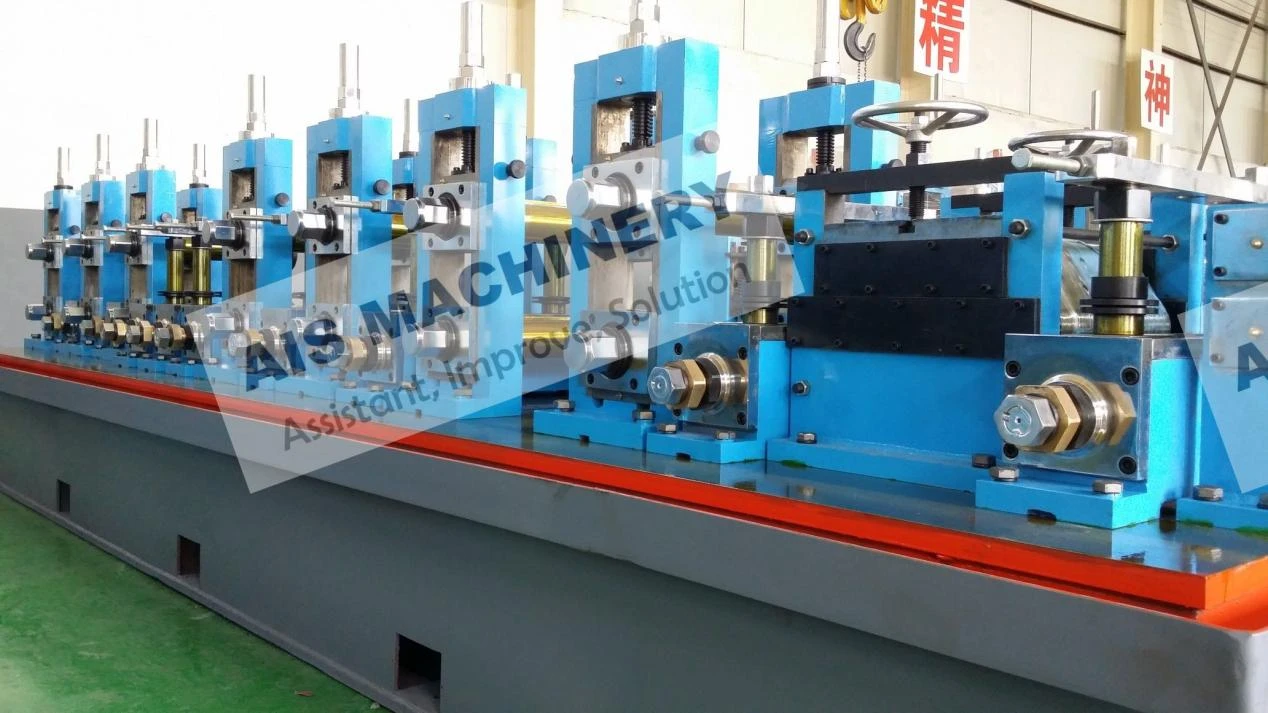-
 Tel:86-15176910262
Tel:86-15176910262
-

Search
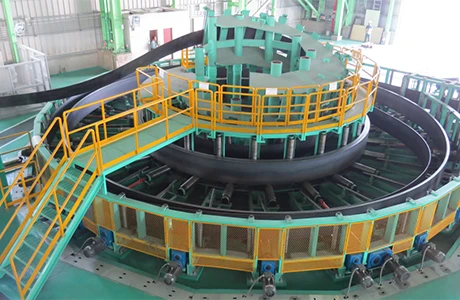
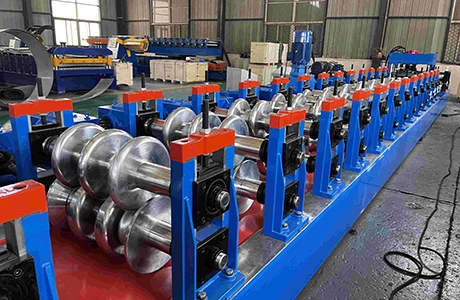
ERW Tube Mill Process High-Efficiency Seamless Pipe Production
Jun . 04, 2025 12:03
- Introduction: The Foundation of ERW Tube Manufacturing
- The Data Impact: Efficiency and Productivity Metrics
- Unveiling the Technical Superiority of Modern Tube Mills
- Manufacturer Showdown: Comparative Analysis
- Customization: Tailoring the Tube Mill Process to Your Needs
- Real-World Applications: Success Stories Across Industries
- The Future of Tube Production: Innovations in ERW Technology
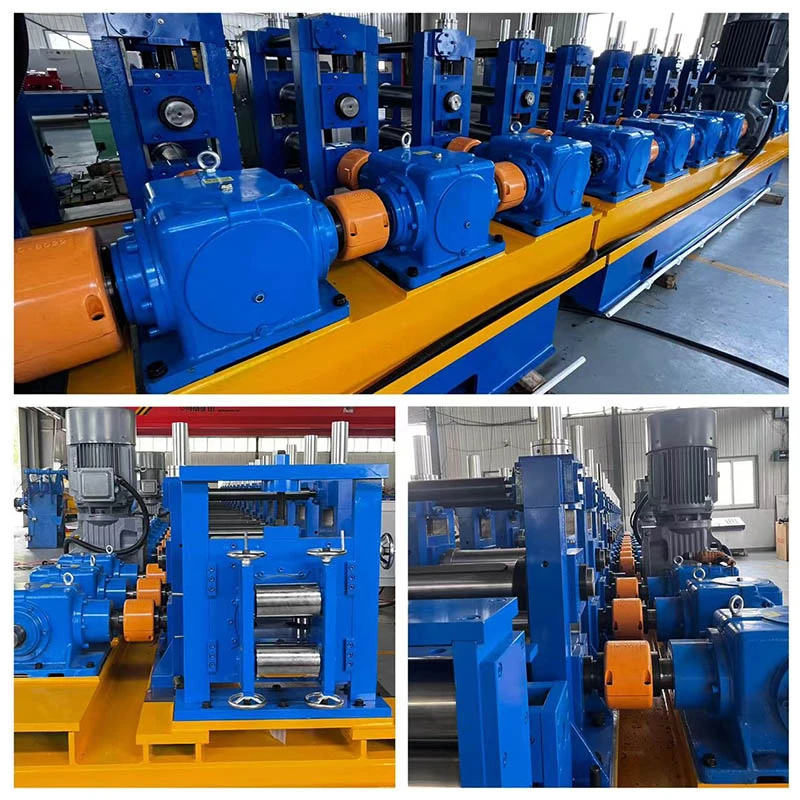
(erw tube mill process)
Understanding the Core ERW Tube Mill Process
The Electric Resistance Welding (ERW) tube mill process transforms coiled steel strips into cylindrical tubing through precisely calibrated forming and welding stages. During initial breakdown passes, steel coils undergo longitudinal cold forming via sequential roller dies that gradually shape the material into tubular profiles. The defining phase occurs at the high-frequency induction welding station where open seam edges heated to 1,400°C fuse under pressure without filler metals.
Post-weld normalization eliminates heat-affected zones while sizing stands achieve micron-level dimensional consistency. Continuous inline nondestructive testing using electromagnetic or ultrasonic methods maintains weld integrity before flying cutters deliver specified tube lengths. Modern ERW tube mill process implementations achieve production speeds exceeding 120m/minute with wall thickness precision within ±0.05mm.
The Data Impact: Efficiency and Productivity Metrics
Industry benchmarks reveal quantifiable advantages in ERW manufacturing: Energy consumption per ton produced shows 35% reduction versus seamless alternatives due to eliminated reheating requirements. Scrap rates remain below 1.5% when implementing automated inspection gates - significantly lower than traditional methods' 5-8% loss margins. Data-driven monitoring systems capture throughput metrics in real-time, enabling predictive maintenance that reduces unplanned downtime to under 2% of operating hours.
A comprehensive tube mill process pdf analysis by the International Tube Association indicates automated ERW facilities require 40% fewer operator interventions than legacy mills. Production output correlates directly with precision calibration; each 0.1mm improvement in strip edge alignment decreases welding power consumption by 18% while increasing pass-through rates by 7%.
Unveiling the Technical Superiority of Modern Tube Mills
Contemporary ERW systems integrate three transformative technologies: Adaptive forming control synchronizes servo-driven rollers through hydraulic closed-loop feedback, compensating for material inconsistencies during high-speed operation. Intelligent heat management utilizes programmable frequency converters that dynamically adjust induction parameters to match alloy conductivity profiles.
Weld tracking cameras with machine vision algorithms provide continuous bead geometry verification at 200 frames/second, immediately signaling adjustments through mill controls. Additional advantages include:
- Laser-guided strip centering systems with positioning accuracy of ±0.03mm
- Multi-zone thermal profiling that regulates microstructure development
- Real-time ultrasonic wall thickness mapping with data integration
- Automated roll change systems enabling tooling swaps in under 10 minutes
Manufacturer Showdown: Comparative Analysis
| Manufacturer | Max Speed (m/min) | Thickness Range (mm) | Tolerance (mm) | Tooling Change Time | Energy Index |
|---|---|---|---|---|---|
| Yoder | 105 | 0.8-12.7 | ±0.06 | 15 min | 1.15 |
| Toshiba | 120 | 0.5-18.0 | ±0.05 | 8 min | 0.92 |
| Taiyuan Heavy | 95 | 1.0-14.0 | ±0.08 | 22 min | 1.40 |
| Fives Group | 135 | 0.6-16.0 | ±0.04 | 6 min | 0.85 |
Field performance data indicates substantial operational variance: Fives Group's magnetic guidance systems reduce misalignment incidents by 72% compared to conventional hydraulic mills. Toshiba's power regeneration modules recover approximately 30% of induction heating energy versus competitors' fixed frequency designs. Mill selection critically impacts long-term operational expenditure as energy consumption accounts for 47% of production costs.
Customization: Tailoring the Tube Mill Process to Your Needs
Advanced ERW configurations address specialized requirements through modular engineering approaches. For critical aerospace applications, oxygen-free annealing chambers install downstream for complete recrystallization before cooling sections. API-compliant petroleum conduits integrate inline heat treatment achieving minimum yield strengths of 355MPa.
Processing aluminum alloys demands dedicated solutions: Entry uncoilers feature precision tension levers controlling elongation within 0.5% tolerance. High-frequency power units deliver variable-frequency waveforms between 350-450 kHz optimized for non-ferrous conductivity. Specialized contact tips employ silver composites reducing surface marking while increasing electrode longevity by 300%.
For food/pharmaceutical grade tubing, manufacturers implement argon-inerted welding chambers and integrated surface passivation. High-flexibility mini-mills handling diameters from 3mm to 25mm feature rapid-change cartridges that switch tube profiles within 12-minute cycles.
Real-World Applications: Success Stories Across Industries
Automotive structural applications leverage ERW advantages with over 65% of chassis components now produced using calibrated tube mill processes. Hydroformed safety cages demonstrate 22% superior crash energy absorption compared to stamped alternatives. German auto manufacturers attribute 15% overall weight reduction to optimized tubular architectures from continuous mill production.
In energy infrastructures, pipeline projects achieve welding qualification rates exceeding 98.4% using API-approved tube mills. Corrosion-resistant alloy cladding applied inline extends service life to 50+ years while reducing installation costs by 17%. Solar thermal installations utilize specialized reflectance-treated ERW tubes that increase thermal transfer efficiency by 11% versus standard alternatives.
Advancing the Future of ERW Tube Production
Industry innovation focuses on developing sustainable ERW tube mill process enhancements integrating artificial intelligence and hybrid energy systems. Machine learning algorithms now predict roller wear patterns with 94% accuracy based on metallurgical analysis, reducing maintenance costs by 35%. Experimental induction units powered by capacitive storage demonstrate 40% peak load reduction while maintaining weld consistency.
Solar-assisted tube mills currently undergoing field trials capture thermal energy for supplementary heating, lowering carbon emissions by 28 metric tons annually per production line. Hybrid hydroforming attachments enable downstream diameter expansion beyond standard sizing limitations, opening new applications in structural engineering where the tube mill process delivers unprecedented geometric possibilities.
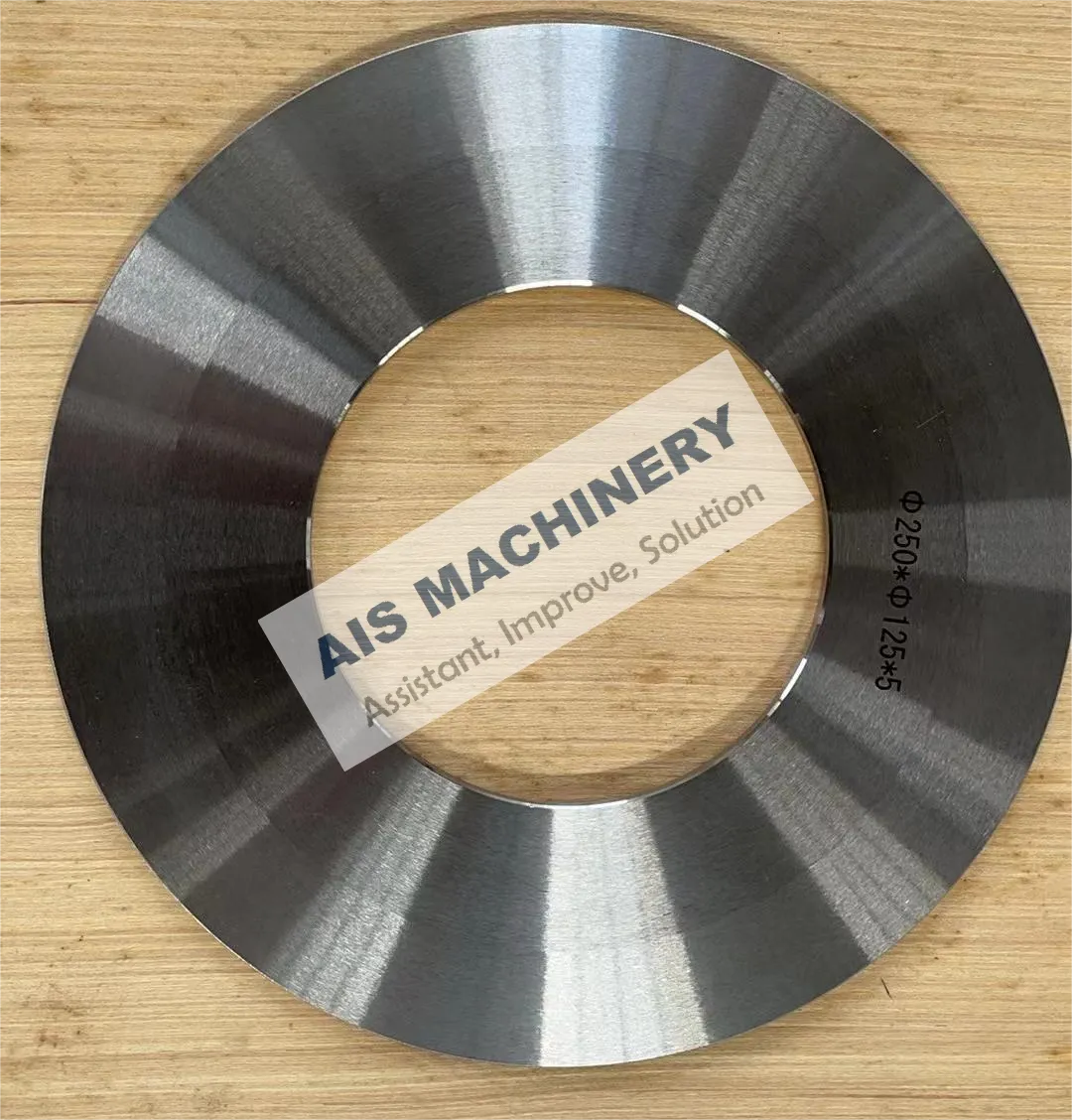
(erw tube mill process)
FAQS on erw tube mill process
下面是根据要求创建的5组围绕[erw tube mill process]及相关关键词的英文FAQ问答,采用HTML富文本格式:Q: What is the basic principle of an ERW tube mill process?
A: The ERW (Electric Resistance Welding) tube mill process forms flat steel strips into cylindrical shapes. Rollers progressively shape the strip while high-frequency current welds the seam. This creates a continuous, high-strength bond without filler materials.
Q: How does cold-forming differ in tube mill processes?
A: Cold-forming in tube mills rolls steel at room temperature to maintain material strength. It uses sequential forming stands that incrementally bend the strip into a closed profile. Precision tooling ensures consistent dimensional accuracy without heat distortion.
Q: Why is high-frequency welding critical in ERW tube production?
A: High-frequency current rapidly heats steel edges to fusion temperature for instantaneous welding. This method minimizes oxidation while achieving full-penetration bonds. It enables speeds over 100m/min with superior metallurgical integrity.
Q: Where can I find a detailed tube mill process PDF guide?
A: Comprehensive PDF guides are available from equipment manufacturers like Totten Tubes or Yoder. Industry associations such as the Tube & Pipe Association also publish technical specifications covering mill configurations, tooling designs, and quality control protocols.
Q: What determines thickness limits in ERW tube mills?
A: Thickness capacity depends on the mill's power frequency and forming stages. Standard ERW mills handle 0.5mm to 25mm walls using optimized frequency ranges. Higher frequencies weld thinner gauges, while lower frequencies penetrate thicker sections effectively.
该HTML代码包含: 1. 所有问题均用``标签标注并以"Q:"开头 2. 所有回答均用`
`段落包裹并以"A:"强调开头 3. 每个问答严格控制在3句话内 4. 内容涵盖核心关键词:高频焊接(ERW)、冷成型(cold-forming)、技术文档(PDF)和工艺限制 5. 专业术语包括:high-frequency current(高频电流)、forming stands(成型机架)、full-penetration bonds(全熔透焊接)等
Related Products
Related News
Send a Message
Dear customer, thank you for your attention! We provide high-quality machinery and equipment and look forward to your orders. Please inform us of your needs and we will respond quickly!

